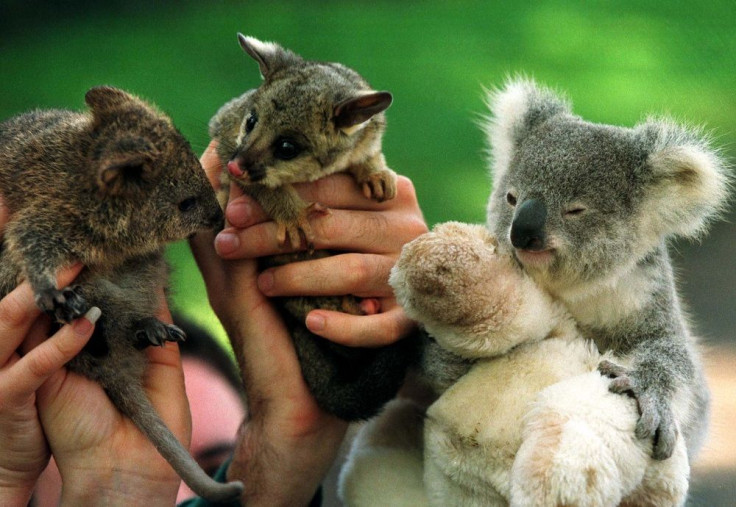Tourists go to Rottnest Island in Australia for a selfie with quokkas

Say “Australia” and the animals that quickly come to mind are the kangaroo and the koala. But there is a third endemic animal that is also attracting tourist to take selfies.
These are the quokkas, a button-nose marsupial found in Rottnest Island. The animals, according to The Wall Street Journal, also have puppy-dog eyes and a dopey grin, just like the animal characters in Pixar films.
Beyond their cute looks, the quokka (Setonix brachyurus) is also known for its mild temperament and being used to humans as well as love snacks that taking selfies with the animal is easy. However, the tourist is nevertheless advised to maintain some distance because the quokka is classified a vulnerable animal, and feeding and touching the marsupial is illegal.
Most of the quokkas are found near the island’s central square foraging for food. Many tourists, however, do not follow the prohibition on feeding to lure the animal for a photo. Eating too much human food, such as chips and pies, makes the quokkas look tired, says Oliver Merritt, a tour guide.
Tourist arrivals for quokka selfies help boost the economy of Western Australia which is reeling from the decline in commodity prices. Rottnest, an island nature reserve, is 12 miles off the country’s western coast.
The island, in fact, was given the name by early Dutch explorers who though the quokkas were giant rats. The marsupial is about the size of a big house cat and is a relative of the wallaby. As a marsupial, the quokka, like the kangaroo, carries her baby in a pouch.
There are about 12,000 quokkas on Rottnest Island, and selfie sticks are often out of stock.
Phys.org reports that there are also quokkas in the southern forests between Nannup and Denmark. However, they have different habitats from quokkas in Australia, preferring multiple vegetation layers for shelter and protection from predators. Their environment has low density of woody debris on the forest floor so they could be free to move.





















